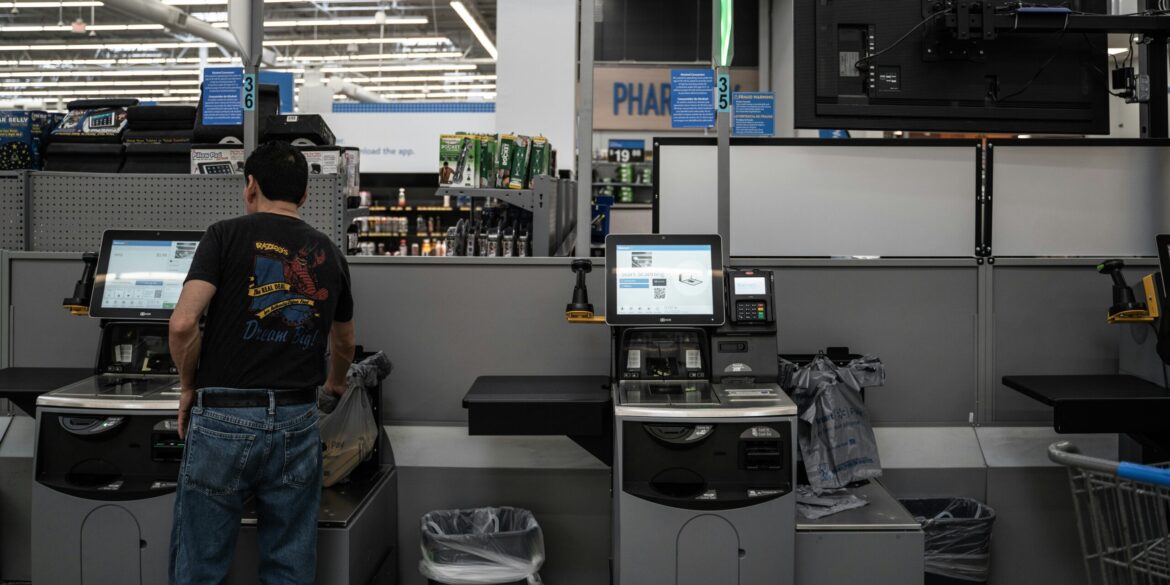The rapid expansion of artificial intelligence (AI) and cloud computing has ignited a nationwide race among U.S. states to attract data centers, offering substantial economic incentives in hopes of reaping financial rewards. However, this surge has also prompted environmental concerns and legislative scrutiny, as communities and lawmakers grapple with the implications of accommodating these energy-intensive facilities.
Since the debut of OpenAI’s ChatGPT in late 2022, the demand for data processing capabilities has skyrocketed, leading to a significant uptick in data center construction across the country. States like Kansas, Kentucky, Michigan, and Pennsylvania have introduced or expanded financial incentives, including tax exemptions and regulatory easements, to lure data center investments. These incentives are seen as essential tools to compete in the burgeoning digital economy.
Advocates argue that data centers bring economic benefits, such as job creation during construction phases, increased spending on local goods and services, and enhanced tax revenues for local governments. For instance, in Pennsylvania, lawmakers are drafting legislation to expedite permitting processes for data centers, aiming to position the state as a competitive destination for tech infrastructure. State Representative Eric Nelson highlighted Pennsylvania’s assets, including a capable labor force and abundant natural resources, as key advantages in attracting data center projects.
However, the rapid proliferation of data centers has raised concerns about their environmental impact and strain on local infrastructure. These facilities often require vast amounts of electricity and water, leading to debates over resource allocation and sustainability. Critics point out that while data centers may provide short-term economic boosts, they offer limited long-term employment opportunities and can impose significant demands on public utilities.
In response, some states are implementing measures to mitigate the environmental footprint of data centers. Michigan, for example, has enacted requirements for data centers to use municipal utility water, adhere to clean energy standards, and meet energy efficiency benchmarks. Similarly, Indiana passed legislation mandating that large-load customers, such as data centers, cover a substantial portion of the costs associated with power generation projects.
Conversely, other states are easing regulations to attract data center investments. West Virginia approved a bill creating “microgrid” districts exempt from local zoning and electric rate regulations, allowing data centers to procure power from standalone plants. Governor Patrick Morrisey championed the bill as a landmark policy to position West Virginia as a prime location for data centers and information technology companies.
The competition among states has also led to significant projects, such as Elon Musk’s xAI initiative in Memphis, Tennessee. The $12 billion investment to build a supercomputer named “Colossus” was initially hailed as a transformative economic opportunity. However, the project has faced backlash due to environmental concerns, particularly regarding the use of unpermitted gas turbines and the potential impact on air quality in already vulnerable communities.
At the federal level, legislative efforts are underway to address the environmental implications of AI and data center expansion. Senator Ed Markey introduced the Artificial Intelligence Environmental Impacts Act, aiming to study and regulate the environmental effects of AI development and deployment. While the bill has yet to be reintroduced in the current Congress, it reflects growing awareness of the need to balance technological advancement with environmental stewardship.
As the demand for AI and cloud computing continues to grow, the challenge for policymakers lies in striking a balance between fostering economic development and ensuring environmental sustainability. The ongoing debates and legislative actions across various states underscore the complexity of integrating cutting-edge technology into communities while safeguarding public resources and health.

